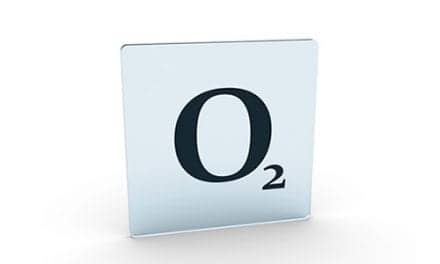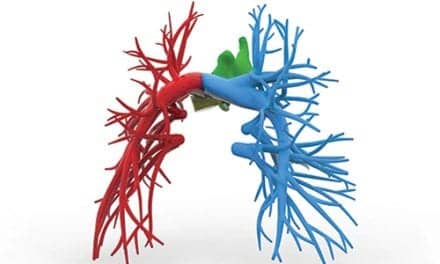Clinicians should be cautious about applying high-frequency oscillatory ventilation (HFOV) routinely in patients with acute respiratory distress syndrome (ARDS), according to results of two randomized trials — Oscillation for Acute Respiratory Distress Syndrome Treated Early (OSCILLATE) and Oscillation in ARDS (OSCAR) — in The New England Journal of Medicine.
An editorial accompanying the results noted that it may be the particular protocols used in the trials that are ineffective, rather than HFOV itself.
In fact, the OSCILLATE trial was stopped early due to increased in-hospital mortality among those assigned to receive HFOV, at 47% versus 35% in patients receiving standard ventilation. Significantly more use of vasopressors was required in HFOV than control patients, at 78% versus 58% on the second day of ventilation, implying hemodynamic compromise caused by the increased airway pressures in the HFOV group.
In the OSCAR trial HFOV did not increase mortality, but it also didn’t improve patient outcomes. The 30-day mortality rates were 41.7% and 41.1% in the 398 patients assigned to HFOV and the 397 patients given standard ventilation, respectively.
There was no increase in vasopressor use associated with HFOV; this disparity with OSCILLATE results could be due to the lower applied ventilatory pressures in OSCAR, according to the authors, who noted “Further improvements in outcomes are likely to occur only through improved understanding of the heterogeneous ARDS phenotype and its underlying biologic characteristics.”









